
Top 5 locations for stargazing
Astrotourism is becoming more popular every year. People are willing to travel thousands of kilometers to admire the stars. But which places on Earth are considered the best for this? Let's find out now!



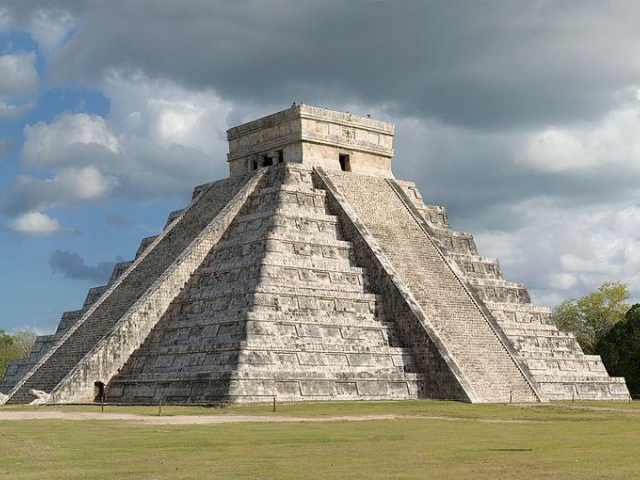
The Chirping Pyramid of the Mayans (Mexico)
According to experts, there are various places around the world where the acoustic features seem almost incredible. Natural formations with these characteristics have long existed, but modern "acoustic" architecture only appeared in the 19th century. However, ancient temple structures exist, the sonic peculiarities of which draw visitors and garner the interest of scientists. One such place is the Pyramid of Kukulkan, also known as the Chirping Pyramid. It was built by the Mayan civilization, roughly from the 8th to the 12th century CE. This ancient temple, surrounded by a wide stone parapet, is nestled amidst the ruins of the ancient Mayan city of Chichen Itza on the Yucatan Peninsula in Mexico. The pyramid was previously a temple dedicated to Kukulkan, who was considered by the Mayans to be analogous to Quetzalcoatl, a deity worshipped by the Aztecs. The moniker "Chirping" Pyramid comes from a peculiar sound it produces, reminiscent of both bird chirping and a gunshot. If you stand at the base of the pyramid and clap your hands loudly, you can hear this strange chirping sound.
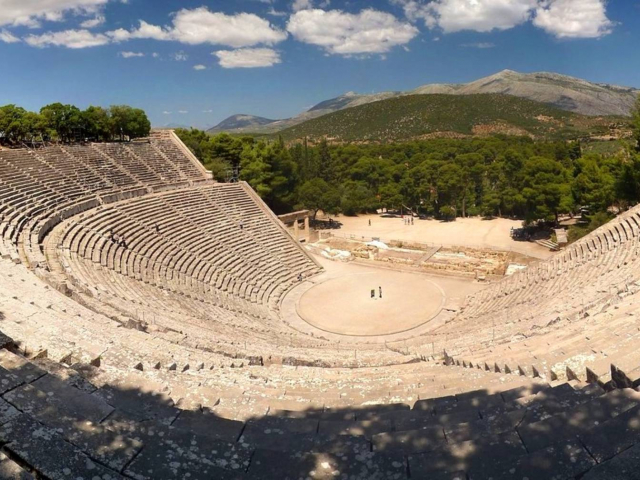
Ancient Theatre of Epidaurus (Greece)
Another ancient attraction noted for its acoustic properties is the Ancient Theatre of Epidaurus. This cultural heritage of the ancient Greeks has endured to the present day. Members of the ancient culture, which arose around 700 BCE, excelled in creating special spaces for comedy, drama performances, and public gatherings. The unique arrangement of theater locations played the role of a sound amplifier in ancient Greek architecture. Discovered during excavations in the late 19th century, the Ancient Greek Theatre of Epidaurus serves as an example of "acoustic" architecture dated the 4th century BCE. It is one of the earliest structures designed with acoustics in mind. The theatre could accommodate 15,000 spectators, making sound amplification during performances of great importance. Greek tour guides can demonstrate a unique feature of this structure: if you stand on the stage and drop a simple pin on a specific stone, the sound of its fall will reach even the furthest rows of the vast amphitheatre.
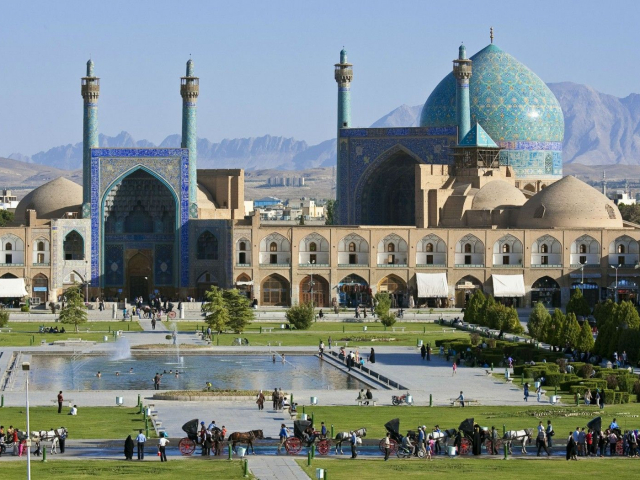
Imam Mosque (Iran)
The next unusual location known for its unique sounds is the Imam Mosque in Isfahan. The construction of this grand and majestic building began in 1611 and completed in 1641. It is considered one of the most magnificent mosques in Iran. The tallest minarets of the mosque reach 42 meters, while the main dome stands at 52 meters. It is located on the southern side of Imam Square. The interior walls of the mosque are adorned with Arabic calligraphy, mosaics, and a unique ornamentation. To experience the movement of sound within the mosque, one should stand in the center under the main dome and clap. The sound generated from the clap circulates within the building, crackling and scattering in an endless echo. However, a loud clap isn't necessary to appreciate the distinctive acoustics. Standing next to one of the mosque walls, one can hear a whisper or the rustling of paper emanating from the opposite side.
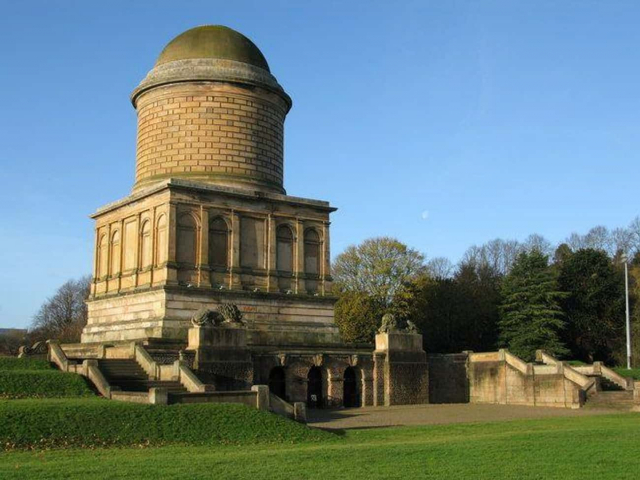
Hamilton Mausoleum (Scotland)
One unique acoustic structure built in the mid-19th century is the mausoleum of the Scottish Duke, Alexander Hamilton, a representative of a noble lineage. Not long before his death, he initiated the construction of a family crypt which was completed in 1858. The structure is a distinctive mausoleum known for its unique acoustic properties. In the past, the structure was repeatedly flooded due to an abundance of mines and underground voids. Subsequently, the remains of the noble family were reinterred in a family cemetery. However, the mausoleum building was preserved. This unusual structure later earned a place in the Guinness Book of World Records as the building with the most pronounced echo. According to experts, it possesses unique "whispering" walls. Two conversationalists need only to stand at opposite ends of the mausoleum and quietly utter something. At that moment, each will hear the other from the opposite ends of the building. Additionally, a simple clap of the heavy bronze door is enough to hear how the echo "wanders" within the interior.
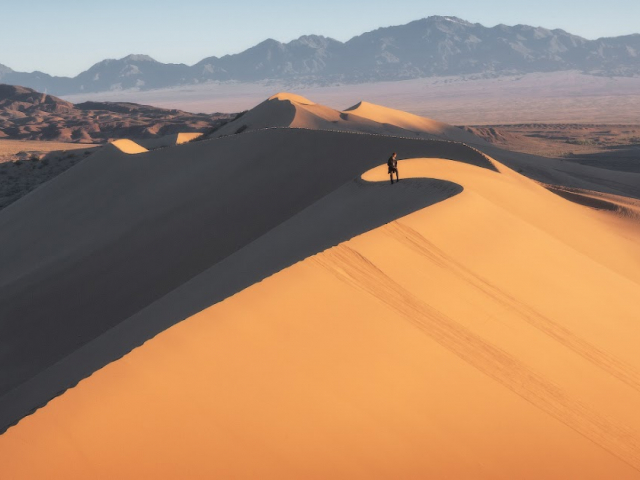
Singing sand dunes (Kazakhstan)
Incredible natural phenomena with extraordinary acoustic properties were discovered during a journey through Asia more than 700 years ago. Venetian merchant Marco Polo, while traversing the desert, heard a low, resonant sound resembling "the noises of all kinds of musical instruments, drums, and hand claps". According to folklore, such acoustic pirouettes are characteristic of malevolent spirits trying to lure travellers deeper into the sands. Consequently, Marco Polo became one of the first explorers to describe the effect of these singing sand dunes. These sandy formations are located in Kazakhstan. According to scientific research, this 'singing' is caused by the vibration of sand grains when walking on the dunes or when the wind blows. One of these remarkable singing sand dunes, standing 150 meters high, is located in Kazakhstan's Altyn-Emel National Park. Upon reaching it, travellers can hear the unique music of the dunes, a sound unlike any other in the world.
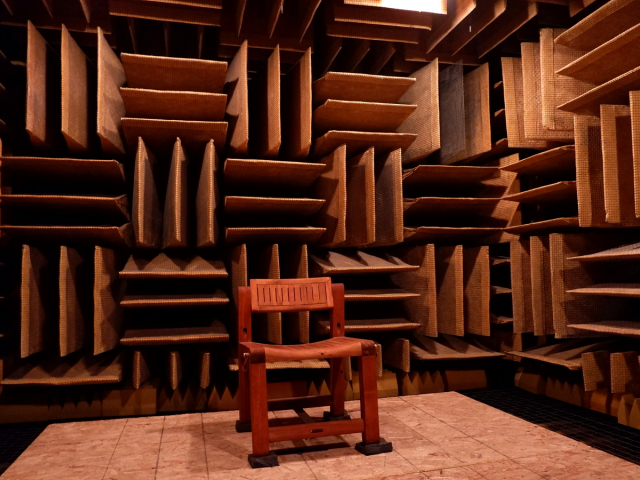
Orfield Laboratory (the United States)
According to experts, the quietest place on earth is the Orfield Laboratory located in the state of Minnesota, the United States. This facility is completely devoid of echo. There are several so-called anechoic chambers around the world, among which the Orfield facility stands out. The walls of this chamber absorb 99.9% of sound. Visiting this place can be an incredibly stressful experience for people. Test subjects who find themselves in such environments struggle to cope and subconsciously search for any source of sound. However, after a few minutes, they begin to hear the growth of their own hair, distinctly feel their heartbeats and the pulsation of their blood. Additionally, test participants have reported feeling an unpleasant rustling of their skin and hearing the sound of their own bodies.

Astrotourism is becoming more popular every year. People are willing to travel thousands of kilometers to admire the stars. But which places on Earth are considered the best for this? Let's find out now!